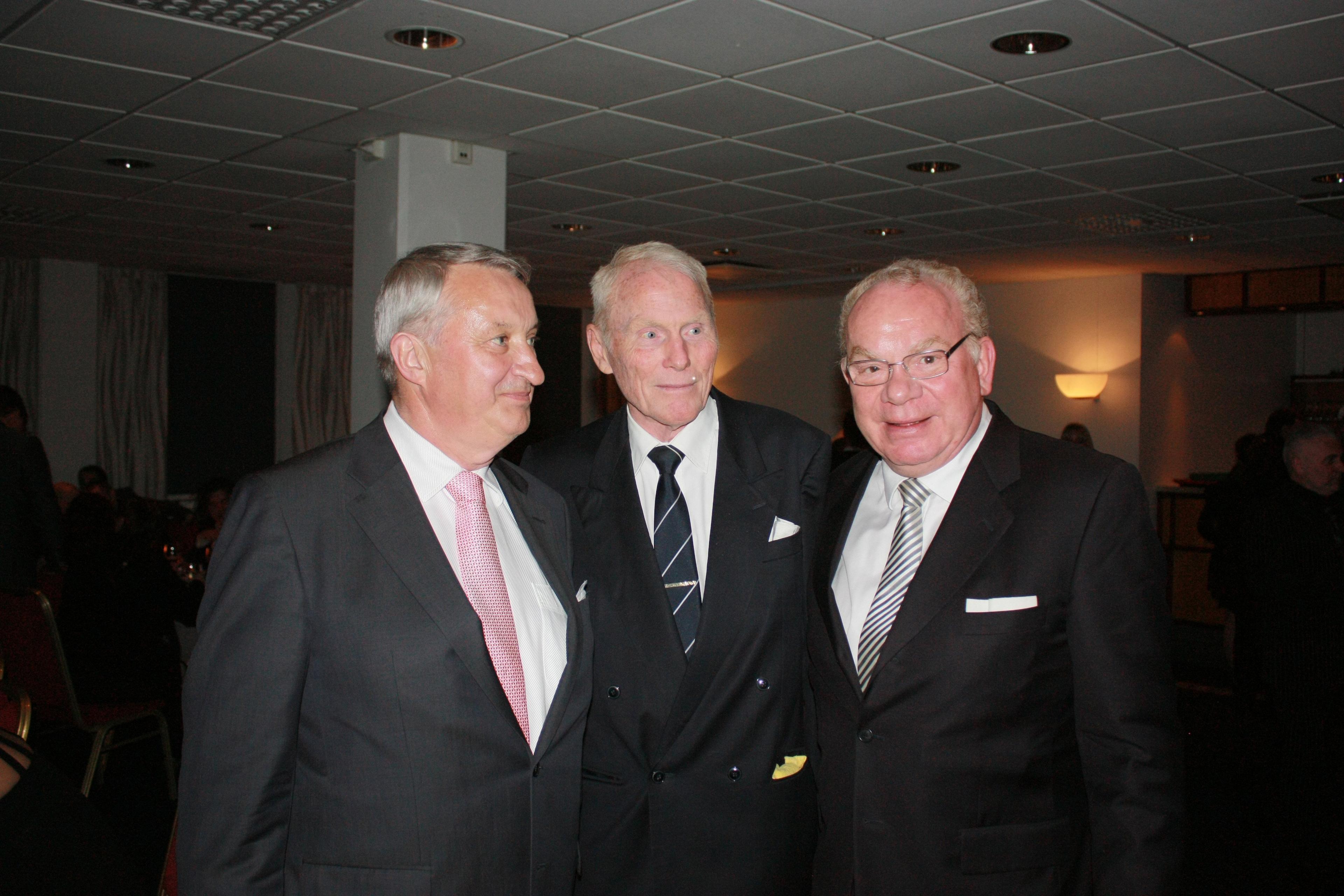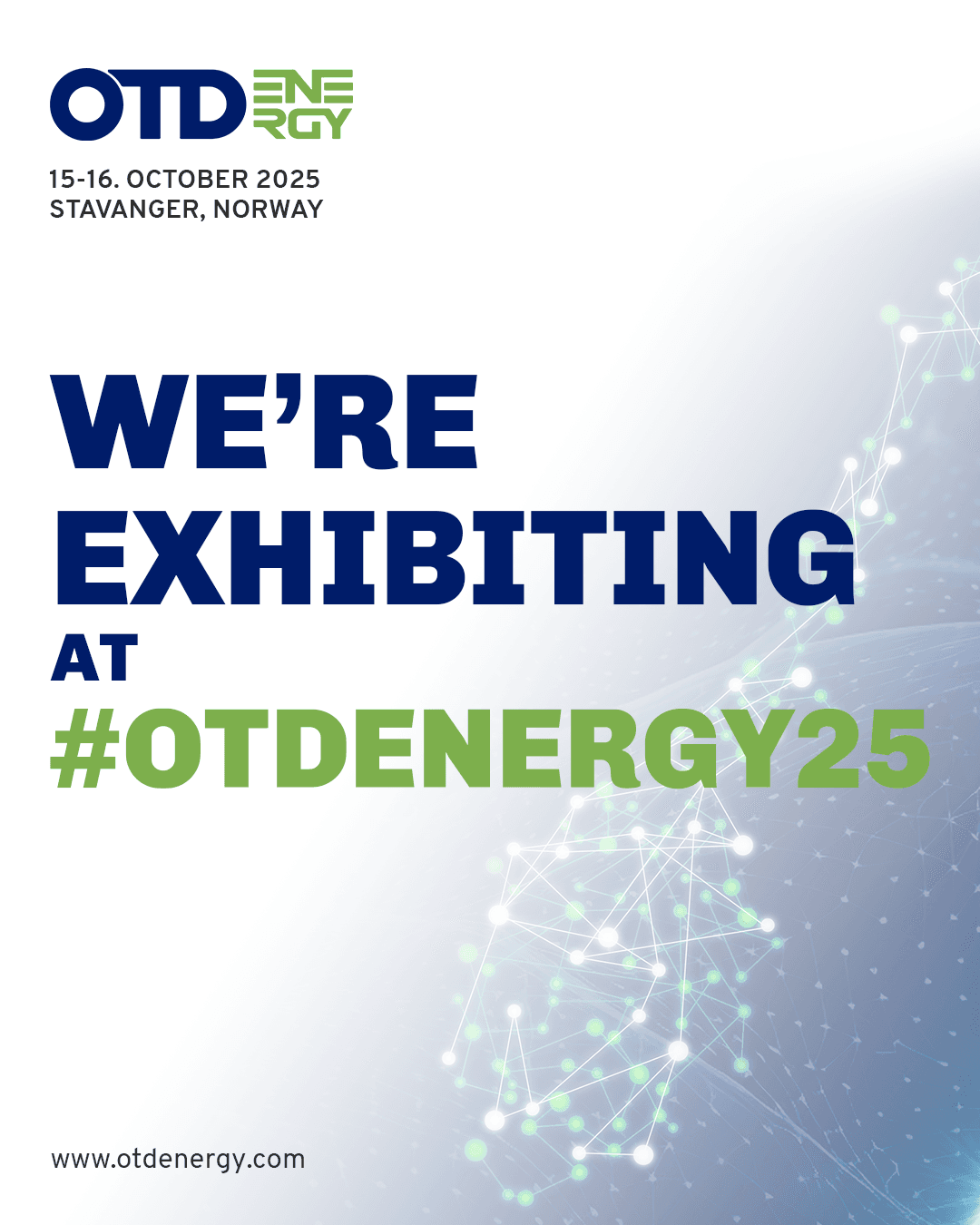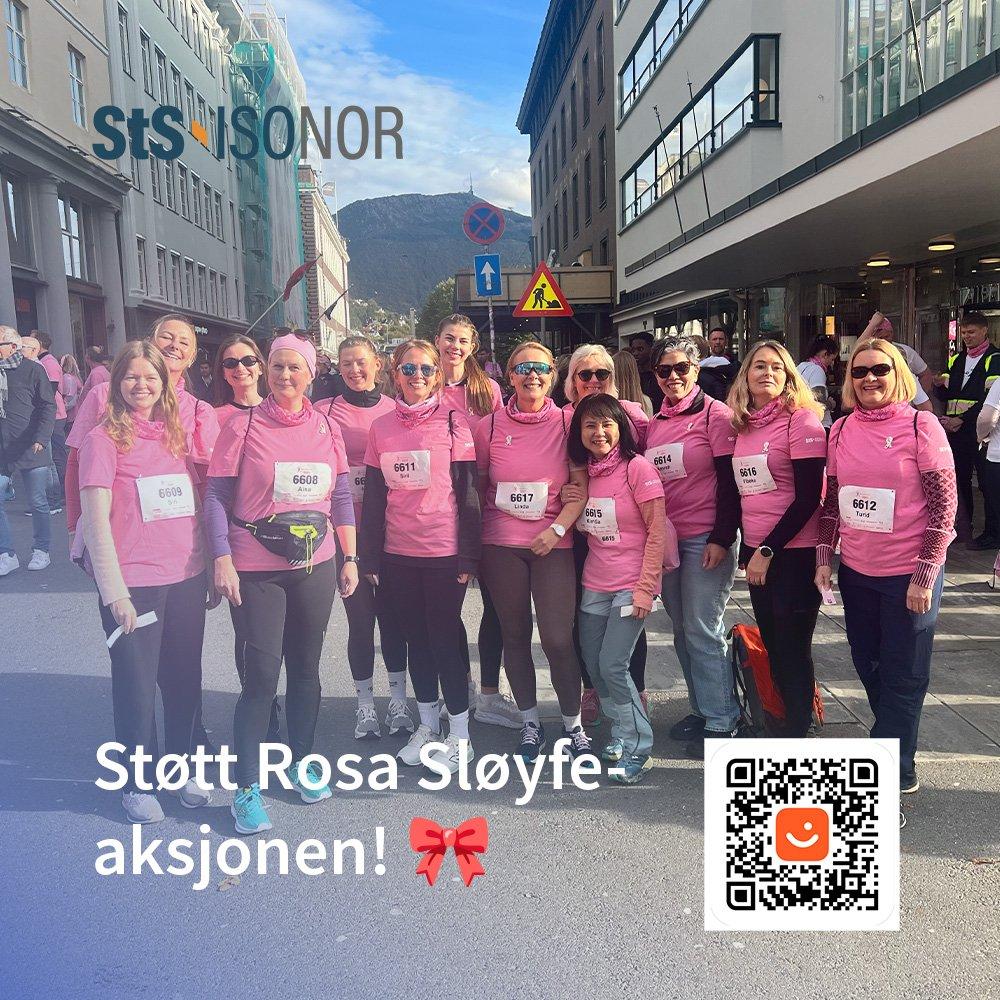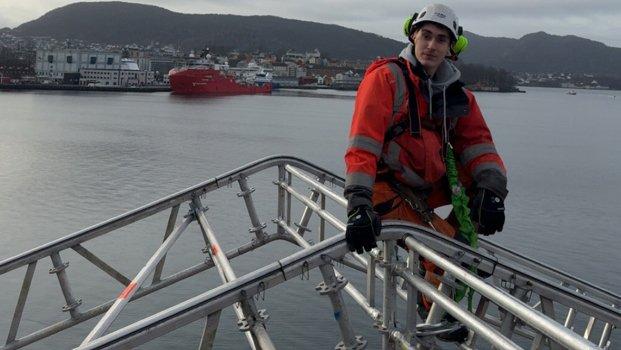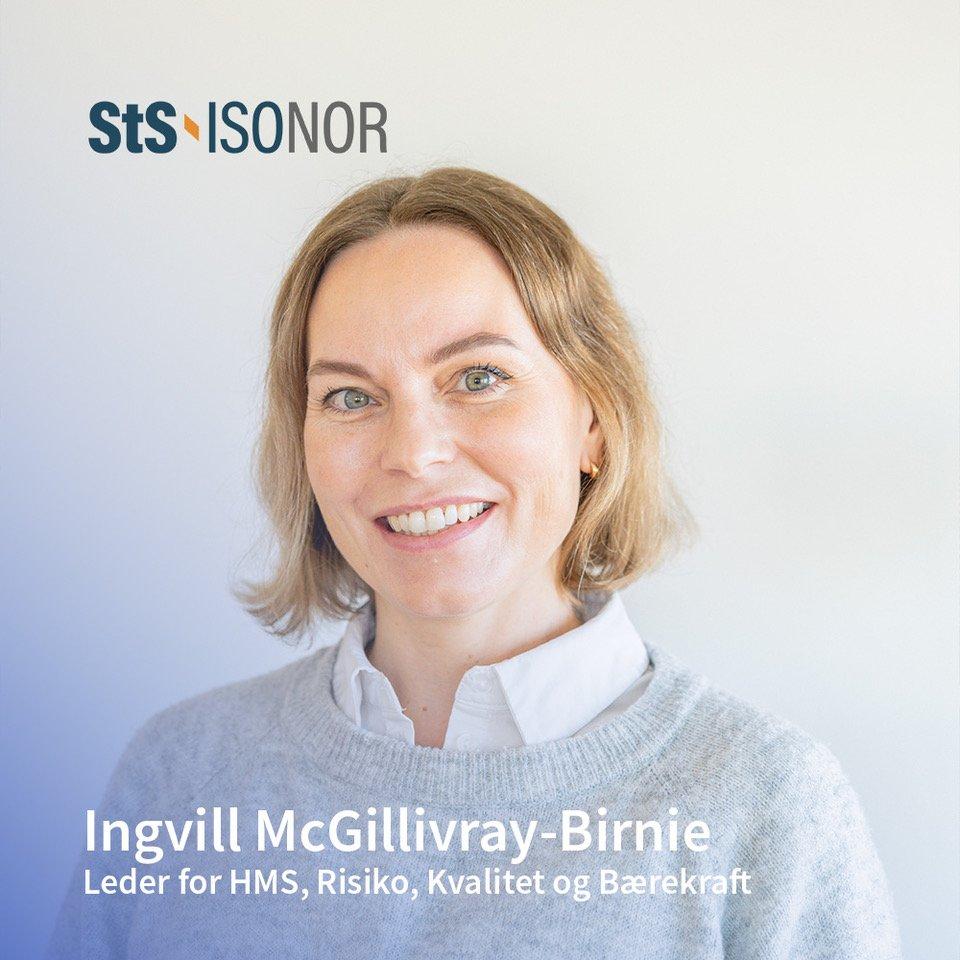March 15, 2022, StS turned 50! The whole adventure started in 1972 when three young men took the scaffolding department out of the walls – and the painting companies they ran. In a few years, the founders Odd Strand, Ole Paulsen and Bjørn Paulsen increased the staff from six colleagues to almost 150. Today, 50 years later, StS has developed into an organization with 477 employees from 8 different nationalities, stationed in 2 countries with business activity in 10 land!
We are proud of our company
We are proud of our our employees – and the solid expertise we have!
A little look back
70s
Steel scaffolding
When Odd Strand discovered the new steel scaffolding system that came to Norway, he discovered how much easier and safer this could make his everyday work. He was the first in Western Norway to invest in the new system, and shortly afterwards, in March 1972, he formed the company AS Scaffolding Service, which is the origin of today’s StS group.
Steel scaffolding was an incredible innovation in 1972. For the first time, a standardized system of scaffolding parts with gripping and fastening connections had been built. In the past, wooden components were mostly used that had to be screwed together.
Fresh Oil Industry
The oil industry was fresh and in the first years there were a number of cowboy attitudes in the industry.
The Working Environment Act from 1977 provided an important framework for the business, but also the Deep Sea Driller accident on Fedje in 1976 and the Bravo blowout on Ekofisk B in 1977 made safety thinking increasingly important.
The right competence
We deliberately chose to recruit new employees among seafarers, in addition to skilled workers from shipyards and the construction industry. They had a wealth of knowledge and expertise we could use and several of them still work here.
The first customers
Stillasservice became in practice the sole supplier when the BMV group needed external scaffolding assistance, and gained further access to other major players.
We participated in the construction of Mongstad, were on Statfjord from 1976 and in 1977 started the collaboration with Aker Stord. StS has been a regular supplier of scaffolding and access services, truck drivers, crane operators and rig and transport personnel for all platforms and larger structures built at Stord shipyard since 1977. Since we have worked so much together, the StS guys know the local corporate culture and conditions. at Stord.
StS and Coast Center Base (CCB) at Ågotnes have been almost inseparable since 1975. A unique collaboration that springs from mutual trust and that we fit each other hand in glove. StS fits well with CCB’s concept. CCB takes in rigs in a short time. This means large downsizing in a short time, but rapid downsizing when the project is completed. According to CCB (Erling Skoge), StS delivers quickly, at the same time as the solutions we deliver are good. And that StS is flexible and quick to turn around when needed.
Turnover
In 1972, the turnover was as much as NOK 150,000!
Cash payment
It was perfectly normal that it could take many months before invoices were paid, especially some foreign companies were hard-working masters in the art of postponing payment as long as possible. At the same time, we had to pay our people in cash every week.
Odd Strand was many times out on long round trips with the car full of money bags so that the people would get paid.
n summary, we started in the construction industry but then became part of the growing oil and gas industry with ISO subjects. Insulation, Scaffolding and Surface. Then the company could carry out more complete assignments for the oil and gas industry.
80’s
Off-shore expansion
The biggest single change from the seventies was that Stillasservice in 1980 received its first long-term agreement on scaffolding services, on Statfjord A. In addition, we received large assignments from Kværner Egersund with scaffolding work on three of Valhall‘s gas modules and also had a rig assignment for Kvaerner in Gothenburg. We also had many men at Kårstø in 1984 and later at the building of Mongstad. Stord Verft was also an important customer in connection with Gullfaks and Oseberg, and eventually we passed 500 employees.
In 1980, we also got work on a steel substructure at Aker Verdal, and were up to 80 men in Trøndelag at times. That job came as manna from heaven. We were told to demobilize sixty men in Stord, but on Friday at half past four the same week, the order for 40 men arrived in Verdal. Thus, we avoided layoffs.
Building bridges
In 1982, Stillasservice established Becon Industrier, which supplied iron and metal and welding work, and which also trained welders. The sister company had many employees for long periods, before it was later merged into the main company. The company also landed fine assignments in other sectors, such as the work at Glomfjord factories in Nordland, and in the mid-80s the painting jobs also appeared, first on the bridge over Glomma in Fredrikstad.
This was in 1986. The company that was to paint the bridge had gone bankrupt, but we had set up the scaffolding and got an agreement to finish the job. This triggered several bridge assignments, the road office in Østfold was very pleased with the work.
Scaffolding pioneer
The transition from heavy steel to lightweight aluminum scaffolding in 1983 is characterized as a pioneering initiative in the industry.
We experienced efficiency gains, health gains and not least productivity gains.
Fall in oil prices and stock market crash
In 1987, the stock market crash in the United States and the banks get into serious trouble. Oil prices have fallen below ten dollars a barrel and trust between workers and employers is at zero. Two weeks after that lockout, the Willoch government resigns after asking cabinet questions about increased petrol taxes. Gro Harlem Brundtland becomes new Prime Minister.
One problem that bitten Odd Stand in the middle of all this is that he had large orders at Llentabhall. The order was placed in Swedish kroner, and he was genuinely worried about a devaluation. The bank did not think at all that Brundtland would devalue, at least not during the wage settlement, but Strand believes that precisely this could happen. He bought 18 million Swedish kroner. The company earned NOK 600,000 when the krone was written down by 12 per cent immediately afterwards.
The currency purchase was a small but important victory in a tough time, but it was going to be even tougher.
Oil prices remain low, loan growth was enormous and wages skyrocketed, especially in the construction industry. In 1987, the stock market crash in the United States and the banks got into serious trouble.
Reduction in the workforce
We went from 500 to 30 employees in a short time! Interest rates were up to almost 25 percent, there was a standstill in the offshore development, no one built anything on land and many of the companies we had provided services to went bankrupt before they paid us. Well, we had a profit on the operation, but with such large losses on receivables, it became tough to pay VAT.
Avoid bankruptcy
Many companies went bankrupt at this time.
Instead of bankrupting the company, as many others did, Stillasservice received a repayment plan with the Ministry of Finance. Odd Strand wanted the company back on track without taking shortcuts. This gave us goodwill among banks and authorities, which we have further benefited from.
90s
Stillasservice limped into the nineties with staff cut to the bone and total assignment drought. But the company had reached the age of majority and would soon experience better times.
Unlike significant parts of the Norwegian construction-related business community, Stillasservice survived the crash at the turn of the decade, even though there were no more than thirty employees left in 1990. The bills were paid, the management would not take the shortcut via a controlled bankruptcy. The traditional land activities were difficult.
Around 1991, one of the few bright spots was that we were allowed to build the scaffolding during the renovation of Haukeland Hospital, a project that was almost a crisis measure on the part of the state.
In 1994, the company’s scaffolding builders got a chance to show what they were good for: Scaffolding service had built a clad scaffolding around Johannes church in Bergen. This is the tallest building in the city, and the church is also located on a hilltop.
One January night came the strongest north-west storm that had been measured in Bergen since the 1940s. Trees lay flat, chimneys overturned and an oil platform, Ross rig, came into operation on Puddefjorden, but the scaffolding held, even though it blew so hard that a bus shelter next to the church overturned.
The Norwegian oil adventure
We were already an established supplier to the oil and gas industry, and although times were tough in this sector due to low oil prices, the industry was not knocked out by the economic downturn. The rescue became the Norwegian offshore adventure!Watch the anniversary film from Norwegian Oil and Gas which celebrated 50 years in 2017 here:https://www.norskoljeoggass.no/om-oss/oljehistorien/
The breakthrough Brage
It would take a few years before Stillasservice was back at the top level from the eighties. Valuable jobs at Stord Verft and a large assignment on the Karmsund Bridge in 1993 showed the way, but it was the hook-up preparation of the drilling platform at Brage in 1994 that became the definitive watershed. This was a labor-intensive hook up after lean years of low activity. It had been difficult times for most people with high interest rates and little assignments. Our people struggled to pay their mortgages and sought extras to meet their obligations.
Introduction of access technology
As an important part of our business development, the professional area was expanded to also include industrial climbers in 1994. It was the first step on the road to a multidisciplinary business. The purpose was to specialize personnel for carrying out work with climbing techniques. The concept was to provide professionals who could perform specific tasks training in access technology and thereby save customers expensive and time-consuming scaffolding assembly.
The world’s first complete habitat system
An offshore customer failed to solve the challenge of conducting hot work offshore in a safe way – and played the ball over to us. By being groundbreaking and bringing the Flexible Habitat solution to market, we have saved the industry billions. The flexible habitat system that StS came up with is today the established industry standard used by all suppliers. This system is now in use by most oil companies around the world, and has in one form or another been used for all hot work performed in hazardous zones.
Until 1997, the habitats were constructed of temporary materials such as plywood, thin sheet metal and other materials. This was neither safe nor very time efficient.
StS came up with a solution consisting of flame retardant PVC panels, all assembled in a modular system that could be easily configured for a variety of sizes and applications. The focus of the task was to make this as user-friendly as possible, while at the same time ensuring safety.
The air to StS Flexible Habitat was supplied via the platform’s own air supply, and the monitoring of the constant air pressure in Habitat was covered by a mechanical manometer. This preceded the fully automatic system with full detection capability, automatic shut-off and an independent air supply, which StS would later pioneer and bring to market.
21st century
Første ISO kontrakt i 2003
We got the first ISS contracts on the Oseberg and Troll platforms in 2003. we were up to 900 employees!
In 2010, Statoil / Equinor changed its contact strategy and StS lost all offshore contracts in competition with other ISO suppliers!
This was a dramatic event.
Employees could easily change work clothes and continue their usual rotations. BUT- it did not make the vast majority! They chose to stay. Most of these are still employed here today or have retired! It’s a loyalty to be touched by!
In 2012, we celebrated our 40th anniversary and this is the last time all our entrepreneurs were present at the same time.
The last 10 years
I 2013 fikk vi ISO kontrakt på Mongstad. Dette var en positiv nyhet. Det var en kontrakt på enhetsrater, noe som vi ikke var trent på fra før. Det holdt på å gå galt og det var fare for konkurs.
We had to get funds from the shareholders and without them we would not be here today!
Oil crisis!
I perioden 2015-2017 opplevde bransjen en oljekrise. Det var mangel på oppdrag og usikre tider! Men Njord kom inn igjen til Stord og Johan Sverdrup kom til Haugesund og dette reddet oss gjennom nedturen!
Turning point
I 2018 fikk vi tildeling av vedlikeholds kontrakt fra Neptune Energy! endelig fikk vi en posisjon offshore igjen!
A pioneering project in Norway
I 2018 hadde vi oppdrag for CCB på Haven prosjektet. Arbeidsomfanget gikk ut på å forlenge leggene til Haven og dette anses som et pioner prosjekt i Europa. Et slikt arbeidsomfang har aldri blitt forsøkt eller gjennomført utenfor Midtøsten.
Etablering i Midtøsten
After several years of habitat activity in Malaysia, there was a need to look at our strategy internationally. We assessed the whole world and the country in the Middle East. We have succeeded in this and have steady and busy activity!
Vedlikeholdskontrakt med Vår Energi
In 2020, StS in collaboration with ISONOR Industrier was awarded the ISS maintenance contract for all of Vår Energi’s installations, Goliat, Balder, Ringhorne and Jotun A.
ISONOR Industrier and the StS have entered into a Joint Venture collaboration (50/50) in connection with this ISO contract and have a good collaboration with ISONOR and Vår Energi.
Hywind Tampen
In 2021, we started assignments at Hywind Tampen. This is the world’s first renewable source for offshore oil and gas activities. According to the plan, this will supply the field activities on Snorre and Gullfaks in the North Sea with electric power. This will be the first floating wind farm in the world to supply electricity to offshore oil and gas platforms. We are happy to be a part of this exciting project, and look forward to the continuation!
What does the future hold?
Norway has built the world’s cleanest industry on renewable energy, and is an important contributor to reducing global greenhouse gas emissions. Only since 1990 has the industry reduced its emissions by more than 40 percent, but none of this would have been possible without the industrial workers.
In the years to come, industrial workers will create new, green values. We build on history when we shape the future, and industrial workers have the strength to lift ourselves into a green future. They are our sustainability.
The adventure continues!
